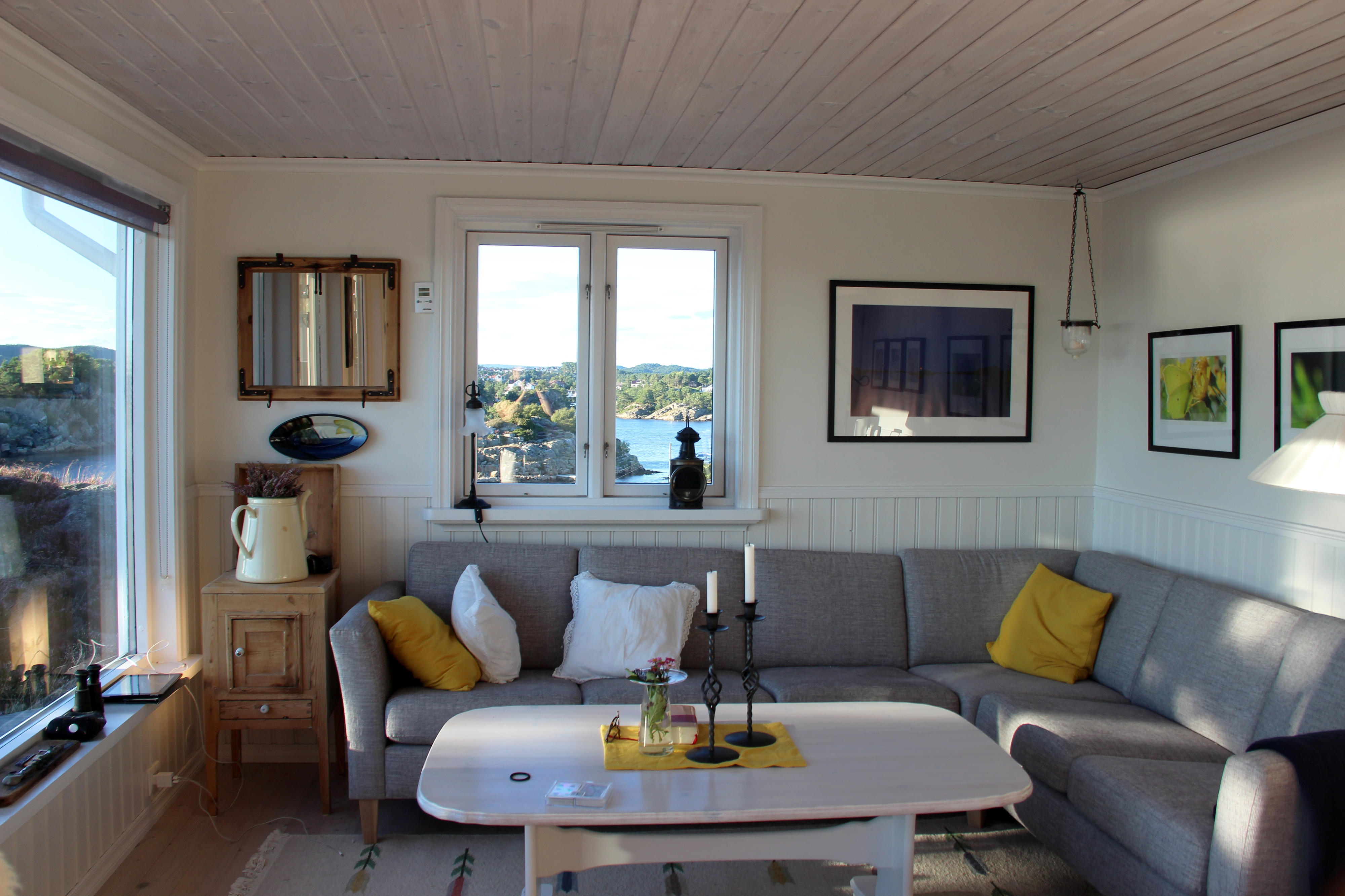Prime
Tips to reduce contaminants in your home

A spacious environment is easier to clean. PHOTO/unsplash.com.
What you need to know:
- A clutter-free home is easy to keep free of pollutants and contaminants. However, that is one way of achieving this, others include structural design and use of properly sourced materials.
Every space occupied will always have some kind of pollutants, either from the occupants or outside sources.
These contaminants include smoke, dust carried forth by the wind, soiled feet or finger prints from pets and occupants and even fibres such as clothes, carpets and furnishings. Other indoor pollutant sources can be cleaning products, skin and hair.
According to Gideon Sekiwano from Tim Ten Interior and Landscape Design Company Limited, people spend more time indoors than outside and that increases the opportunity for bacteria to transfer around the home.
He says design can be used as a one stop centre for dealing with pollutant in homes, “The way in which spaces are organised, planned and located to suit a purpose can greatly help in improving home hygiene.”
Here the expert shares tricks for reducing buildup of contaminants in home spaces.
Planning
The interior expert suggests space planning as a core in both landscape design at the start of a project as well as organisational tactics in enhancing hygiene practices.
Ensure that the structural design provides proper ventilation, exposure to natural light and the construction materials are non-toxic.
In addition to the careful construction and design of houses, we should also make certain that materials used in interior decoration have low-carbon and are mostly natural
“Environmentally friendly buildings and decoration materials, can greatly reduce indoor pollution,” says Sekiwano.
Spacing
A spacious environment is easier to clean and will trap contaminants less.
He explains, “When furniture is well positioned in a space, effective movement and flow of air is made possible hence less retention of bad odour and riddance of dirt around the space.”
Better storage is effective in promoting hygiene and decluttering homes.
Sekiwano explains, “Storage solutions such as closets, cabinets and shoe racks will prevent items from contamination,” he says.
If you have limited space, you can also opt to go multi-functional storage solutions such as sleek storage boxes placed on top of a refrigerator or a wall shelf that can also be used as a display for decorative plates and teacups.
Furniture
When shopping for new furniture or cabinets, try to buy those that are made of solid hardwood, not particle board, which usually has a wood-veneer finish. The wood veneer may be attached with glue that contains formaldehyde.
Cleaning
According to online cleaning source chetscleaning.com, when cleaning around the house, one of the biggest mistakes made is to use the same sponge or cloth.
To clean effectively, focus on cleaning places family members touch frequently.
Door handles, faucets, keyboards, light switches, window locks are all examples of easily overlooked cleaning spots.
Wash hands frequently and use a different rag or sponge when cleaning different rooms.
Throw out sponges often and wash rags in the washing machine.
Pay special attention to entranceways.
This is a prime spot for tracking bacteria and other pollutants through the home. Vacuum often, wash baseboards, mop floors, wipe down door handles and take off shoes whenever possible.
Micro-fiber dust cloths do a great job of grabbing dust. Make sure after dusting to wash the rag for additional use.
Store cleaning supplies away from places that have a lot of traffic.
You do not want to reach for something near cleaning supplies since cleaning supplies will harbor bacteria from use.
Aeration
Proper aeration requires installing a few fittings and openings.
An exhaust fan and chimney in the kitchen to extract fumes that are produced during cooking. A fan in the bathroom will extract steam and prevent humidity.





